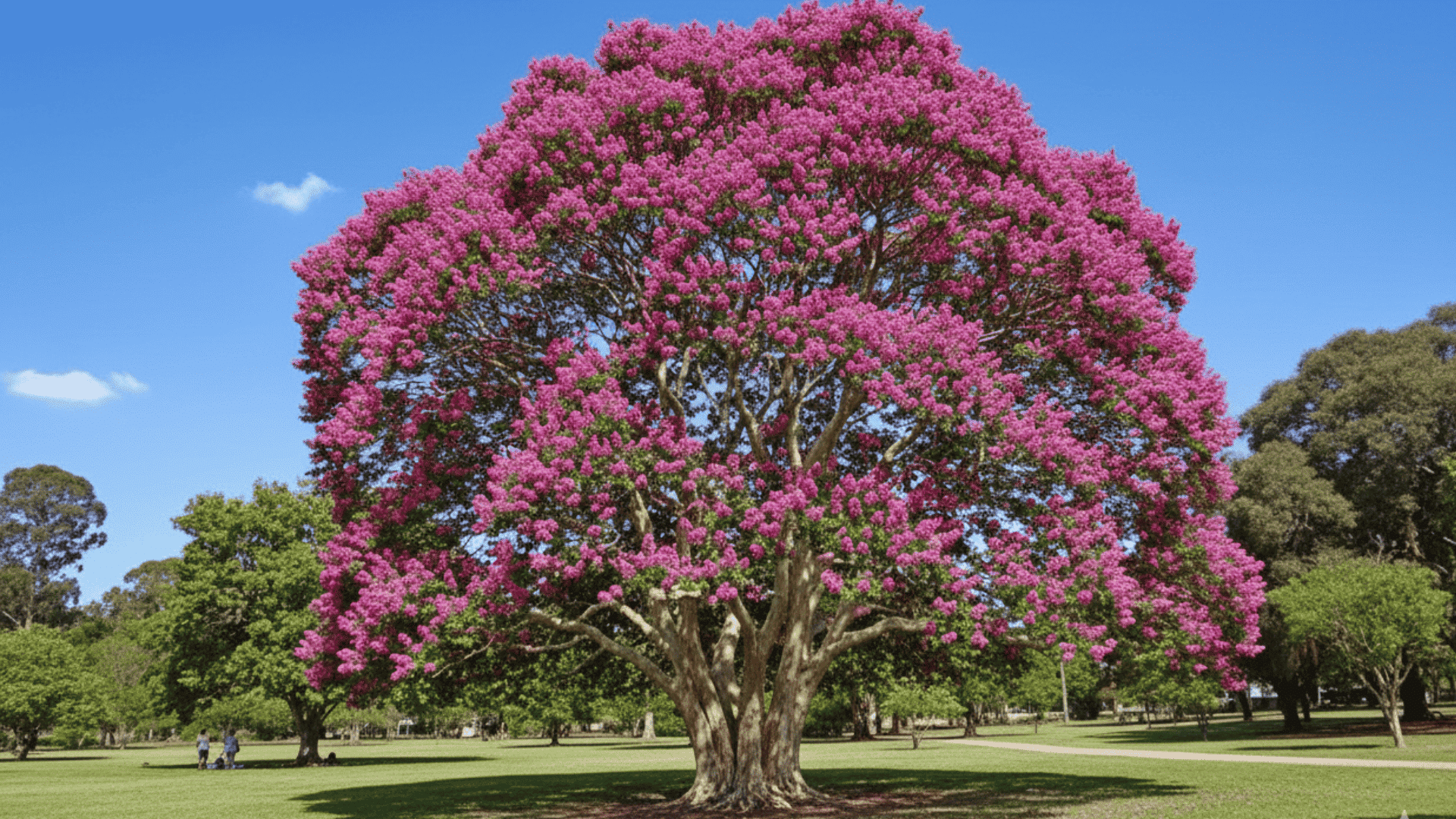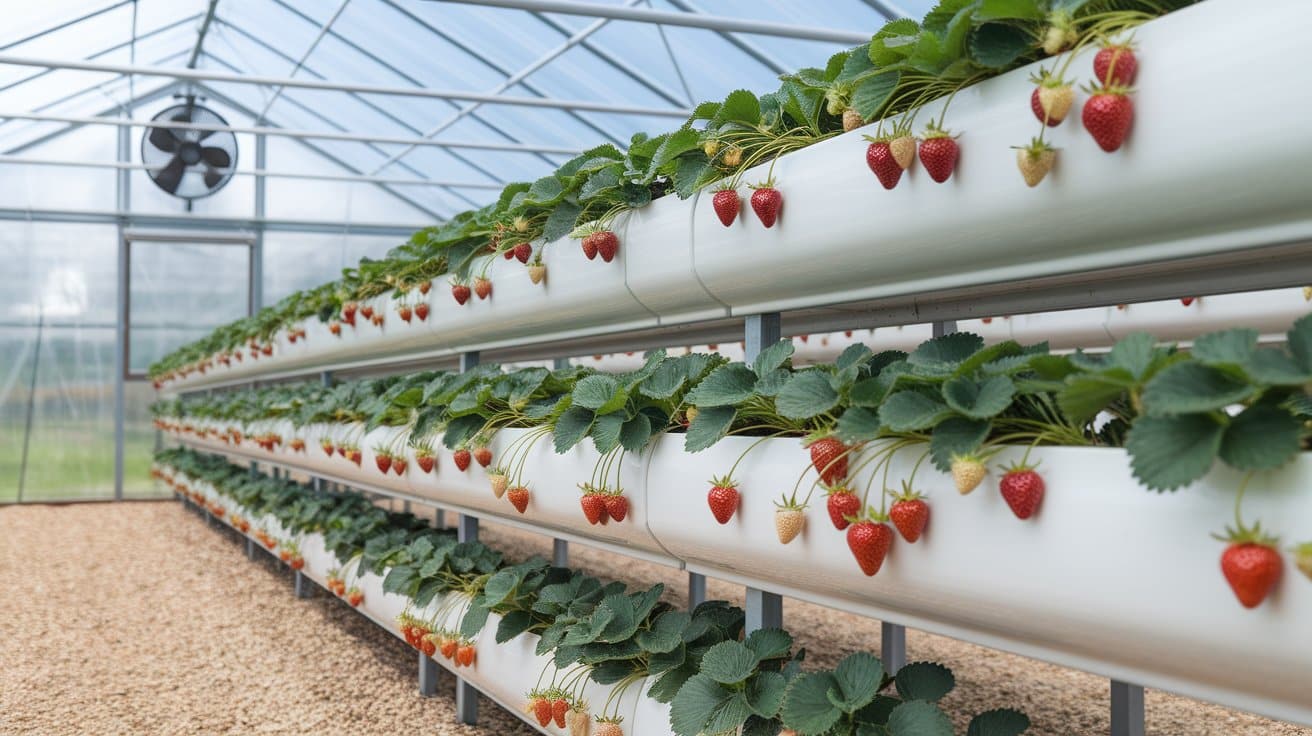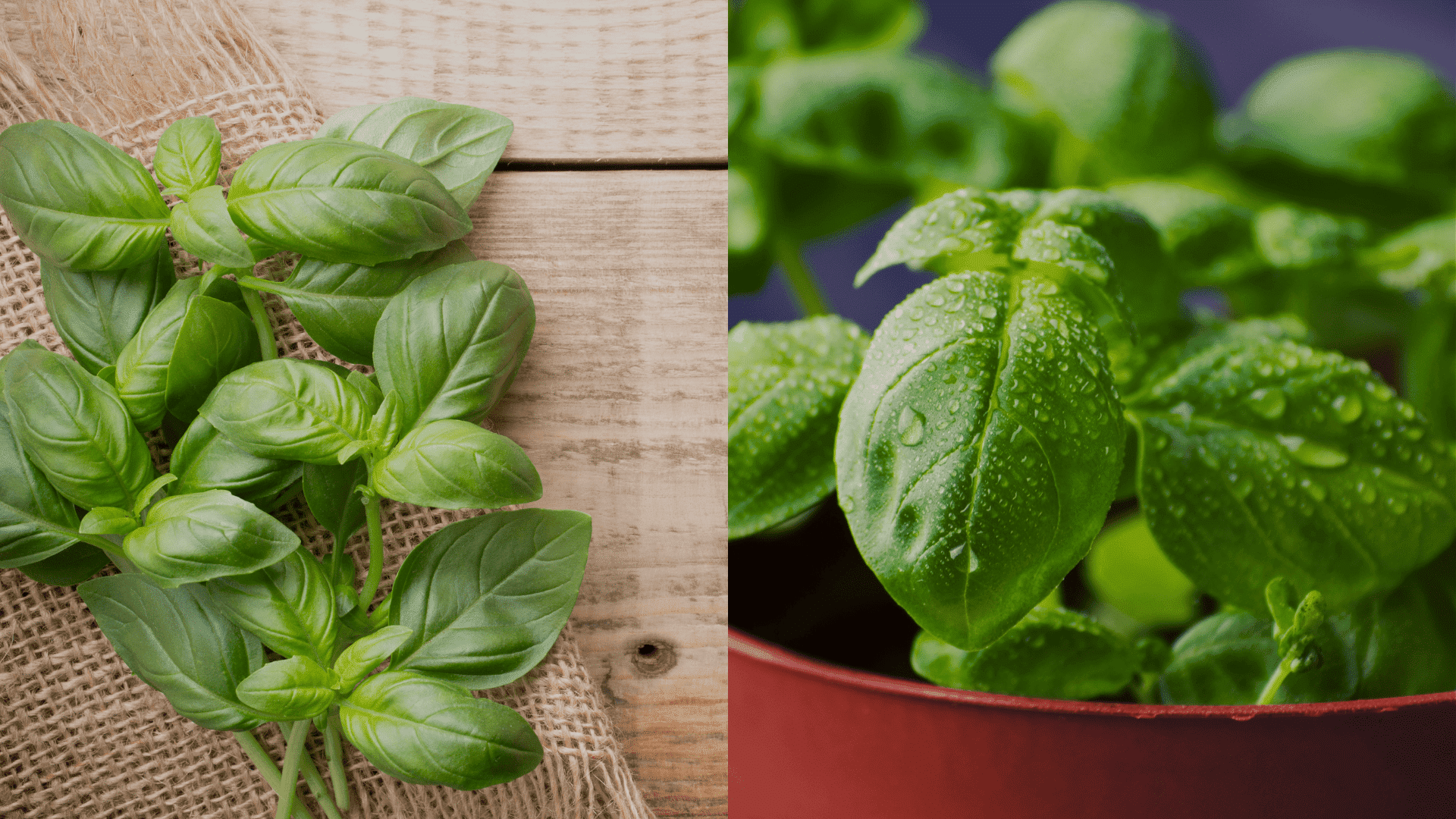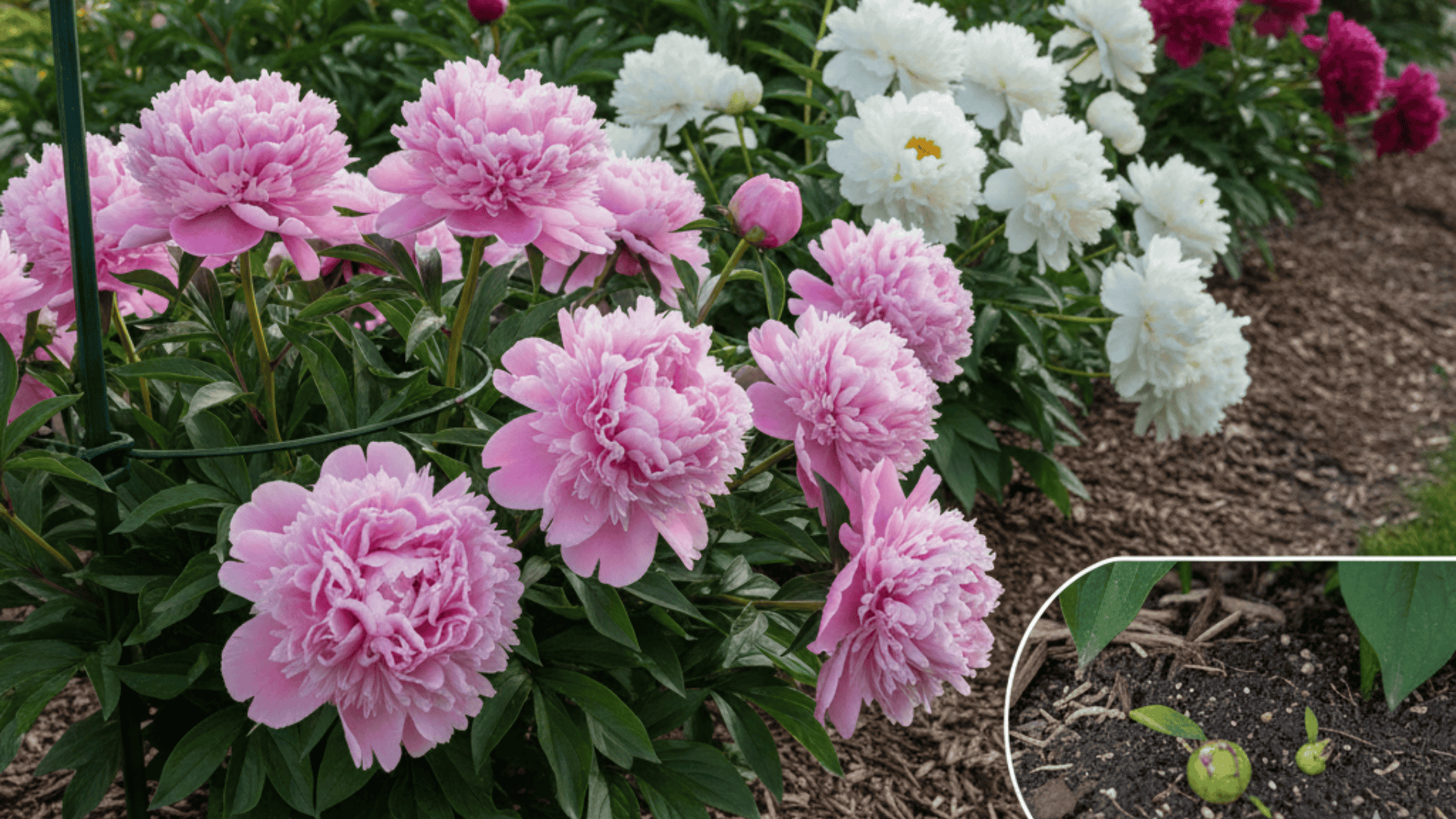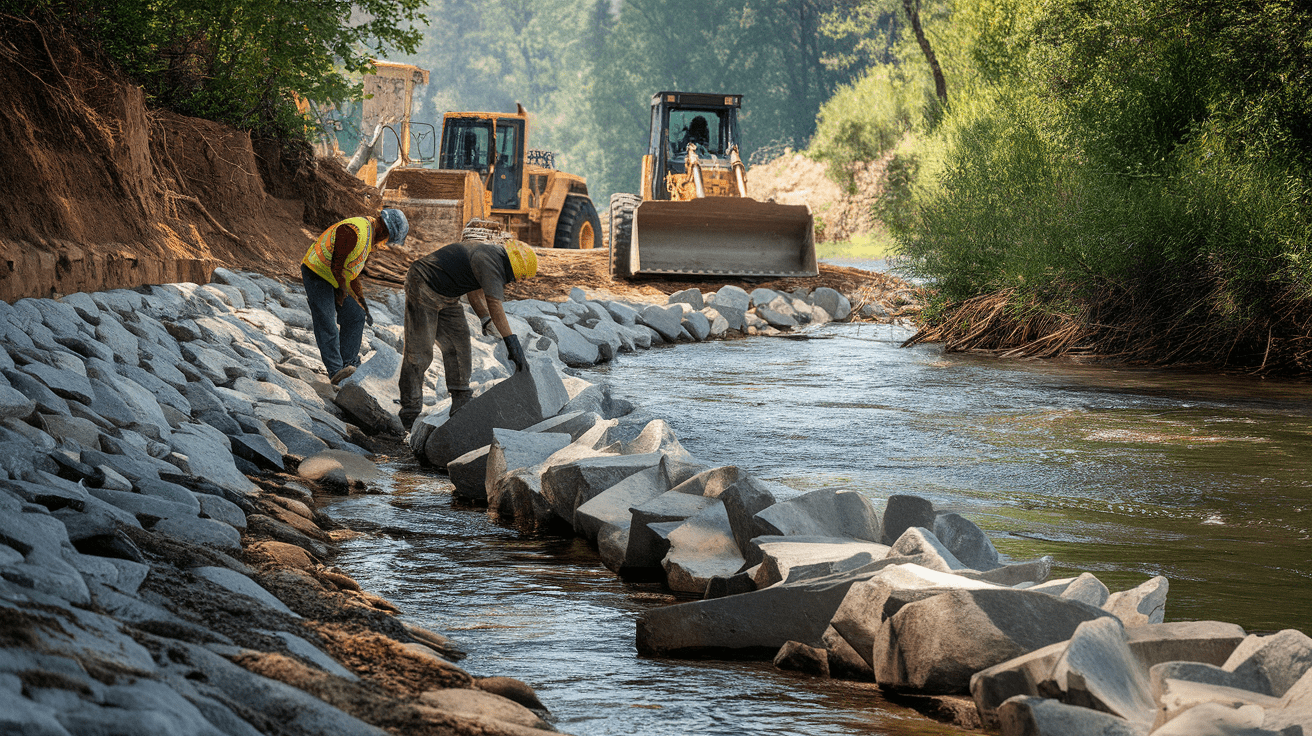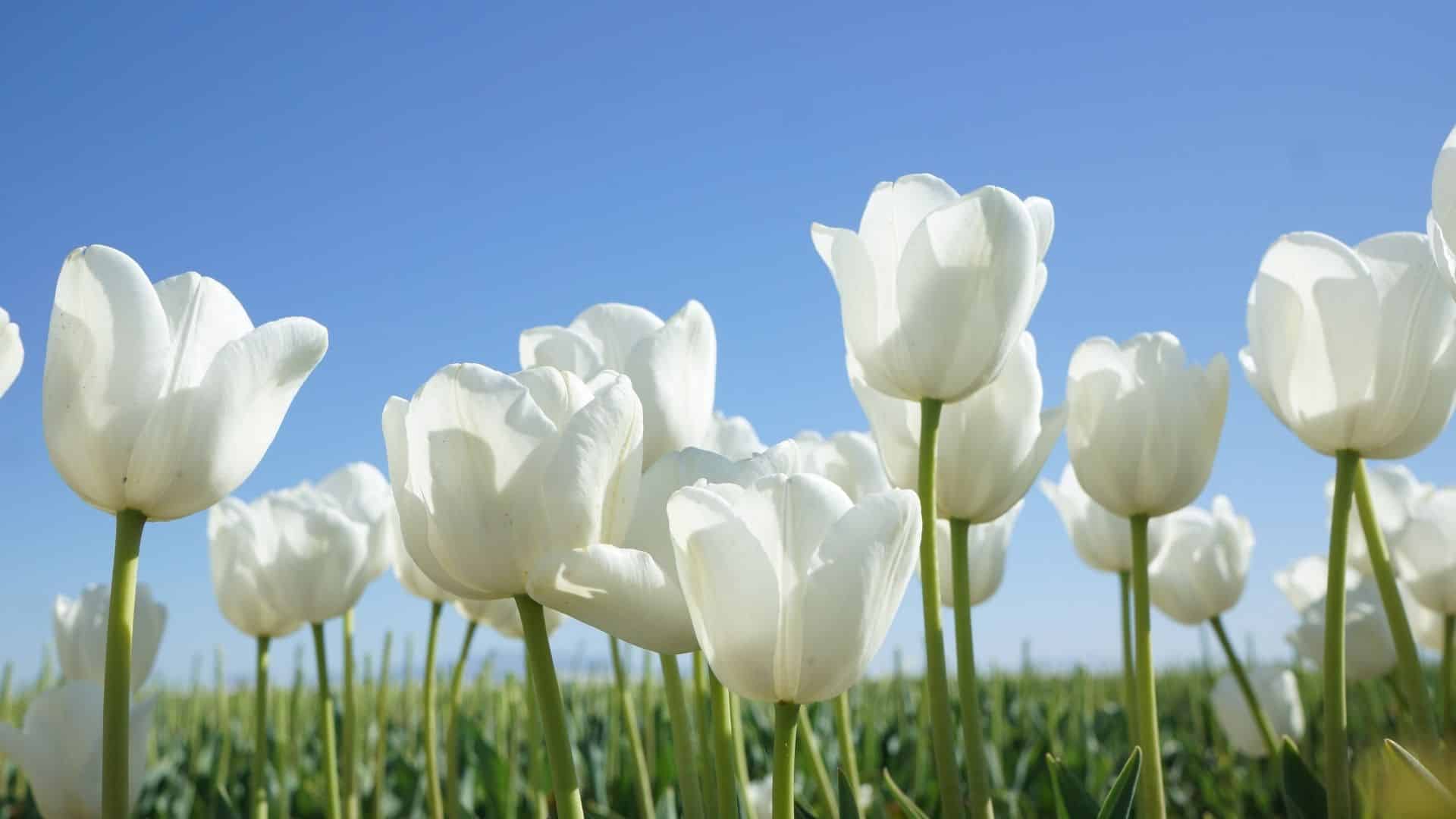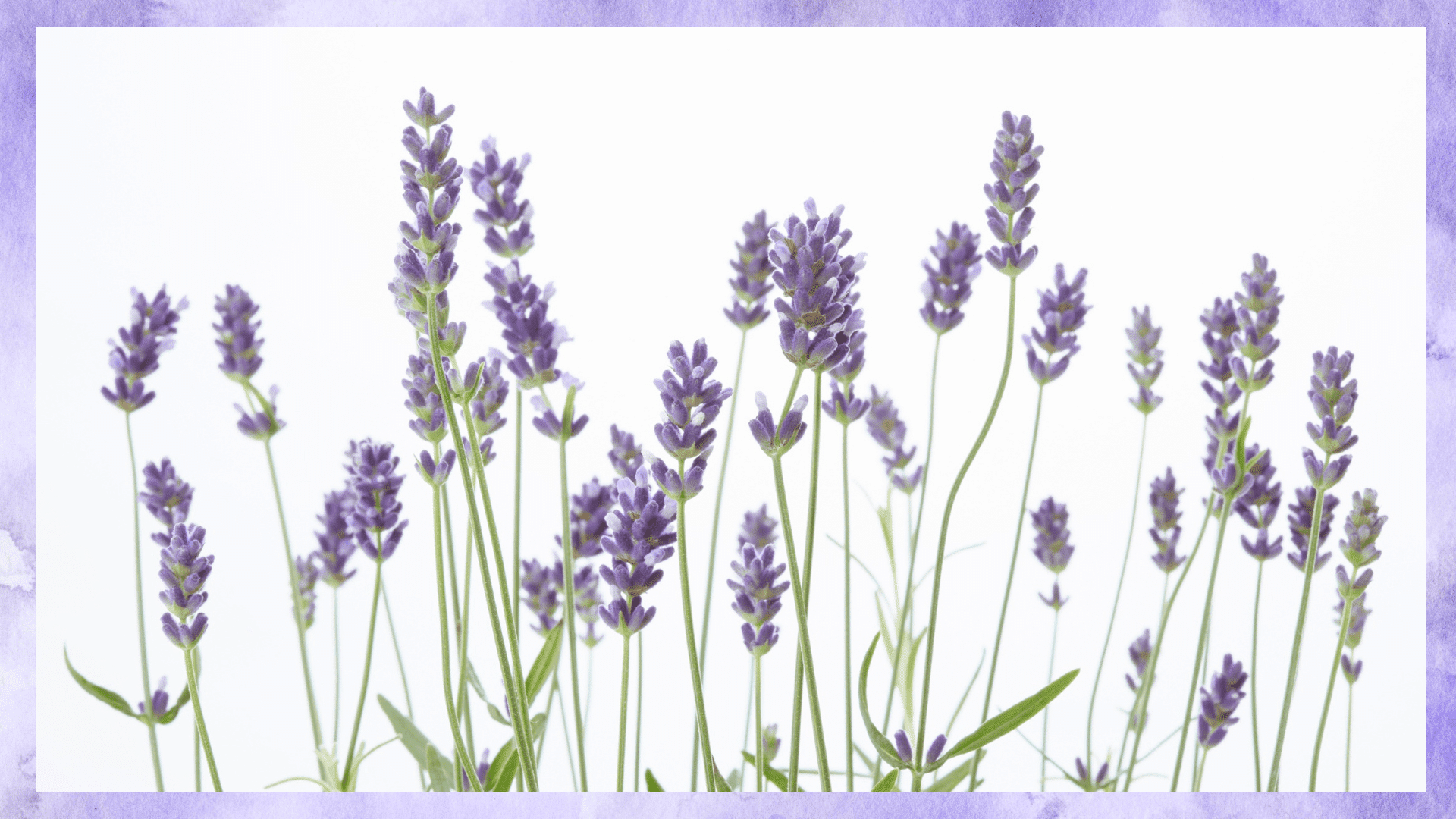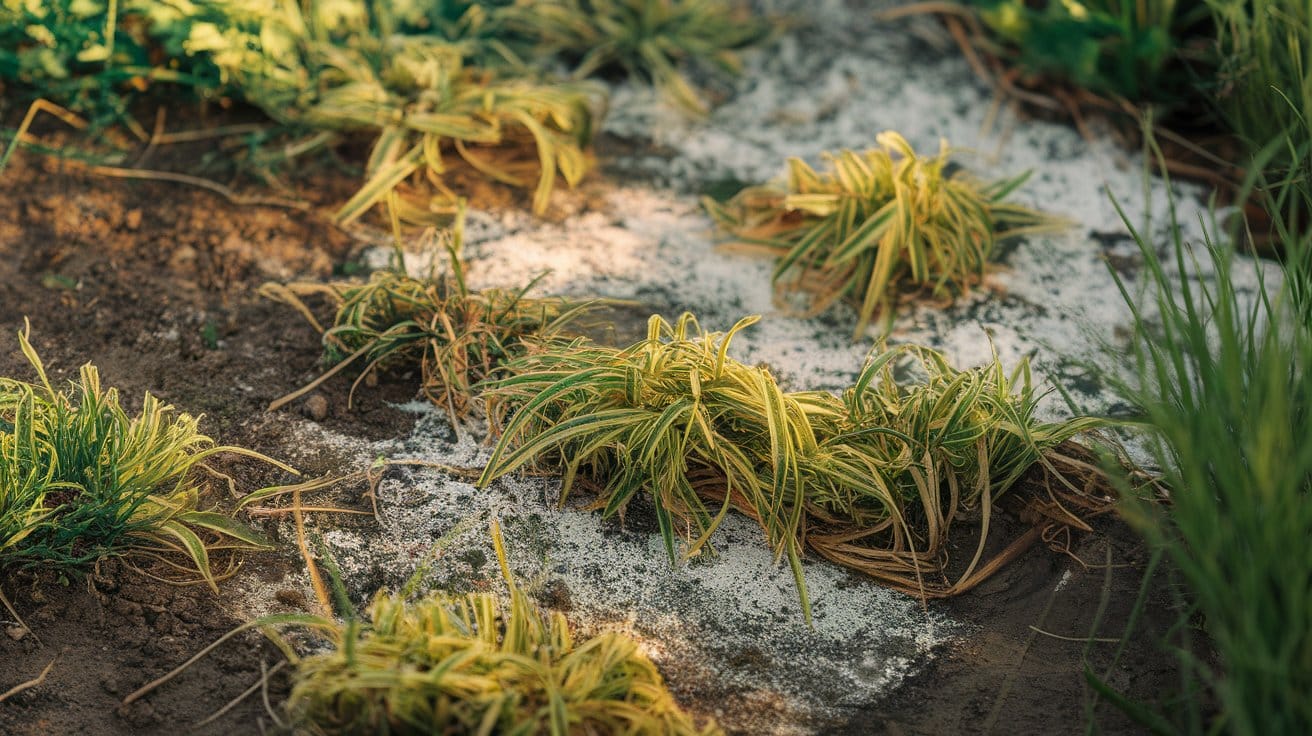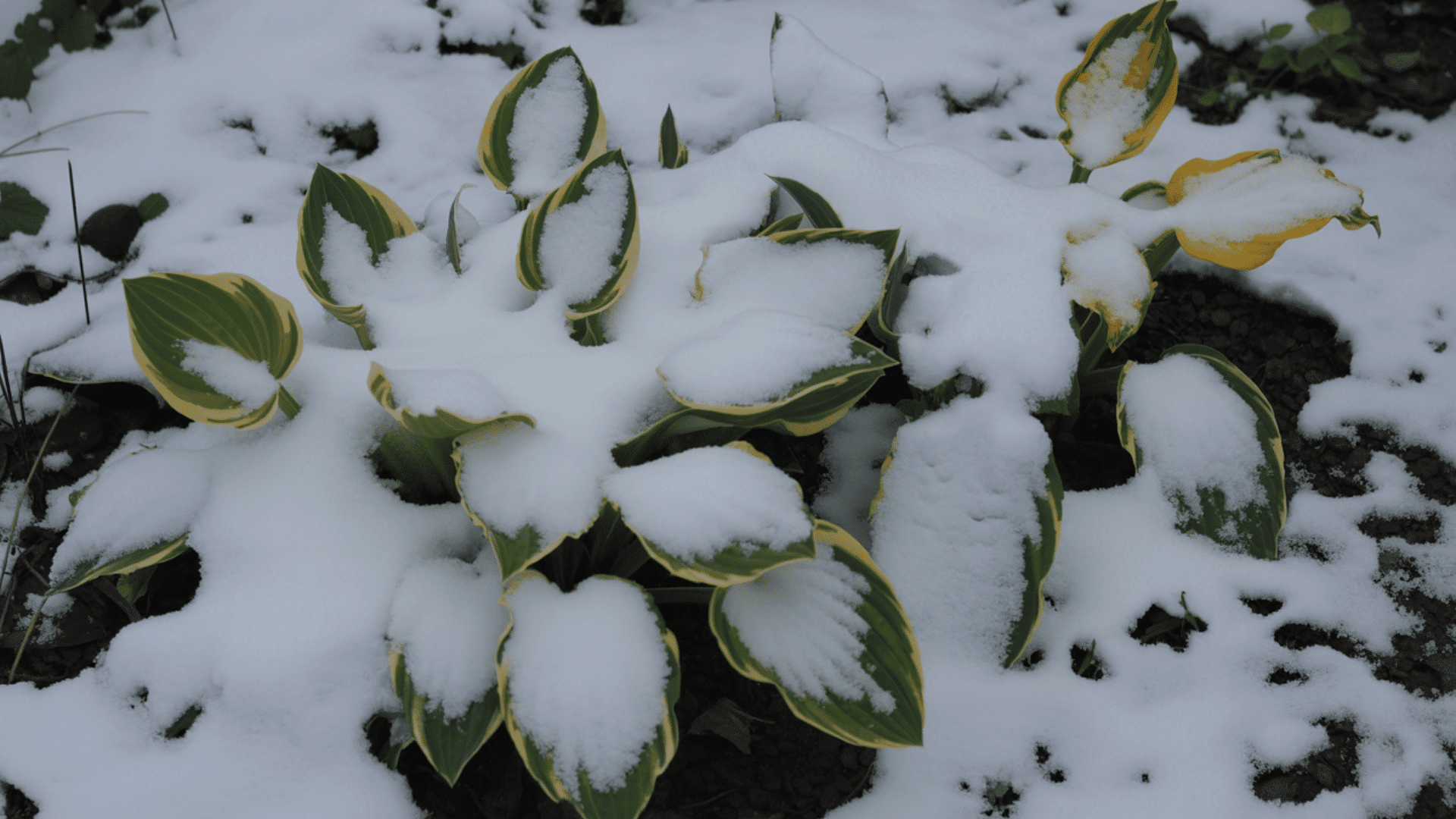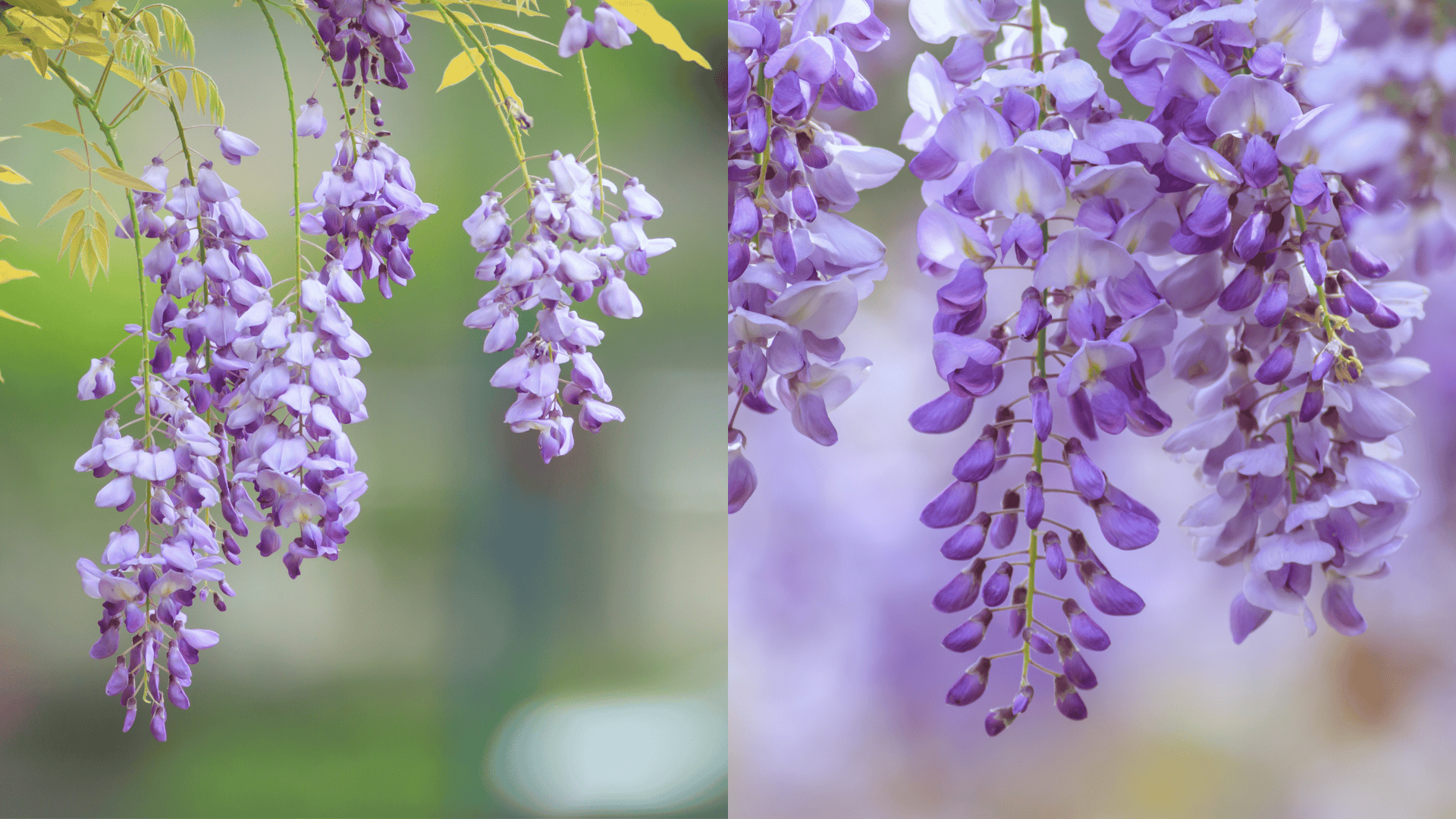Crepe myrtles are admired for their colorful blooms, graceful shape, and easy care, making them a favorite in many gardens.
One of the most common questions gardeners ask is how fast crepe myrtles grow.
The growth rate can vary based on the variety, care, and climate, but knowing what influences their development helps ensure healthy, vibrant trees.
This post provides clear insights into the average crepe myrtle growth rate, the time it takes to reach maturity, and the factors that affect their speed of growth.
With expert-backed tips and trustworthy information, readers can make confident choices to cultivate growing crepe myrtles in any landscape.
How Fast Do Crepe Myrtles Grow Per Year?
Crepe myrtles typically grow between 1 to 3 feet each year, depending on their variety and growing conditions.
Dwarf types usually reach 3 to 5 feet tall, while larger crepe myrtle varieties like Natchez or Tuscarora can grow up to 20 to 30 feet at maturity.
Most crepe myrtles reach their full height within 10 years when properly cared for.
Their growth rate is influenced by factors such as sunlight, soil quality, and maintenance practices.
Knowing these details helps gardeners plan and manage their plants more effectively for long-term, healthy growth.
Factors That Influence How Fast Crepe Myrtles Grow
Several growing conditions directly affect how quickly crepe myrtles develop.
Paying attention to these elements helps ensure steady growth and vibrant blooms throughout the year.
- Sunlight: Crepe myrtles need at least six hours of full sun daily for strong, healthy growth.
- Soil Quality: They grow in well-drained, slightly acidic soil that allows roots to absorb nutrients efficiently.
- Watering: Consistent watering during dry periods supports steady growth, but avoid overwatering to prevent root rot.
- Fertilization: Applying a balanced fertilizer in early spring provides nutrients that promote faster, healthier development.
- Pruning: Regular pruning encourages new shoots, improves airflow, and helps maintain the tree’s shape and growth rate.
Crepe Myrtle Life Cycle and Growth Stages
Crepe myrtles grow in stages, and each one shapes how the tree develops, flowers, and matures.
Recognizing these stages helps gardeners provide the right care and encourage healthy, consistent growth throughout the plant’s life.
1. Early Growth (Seedling Stage)
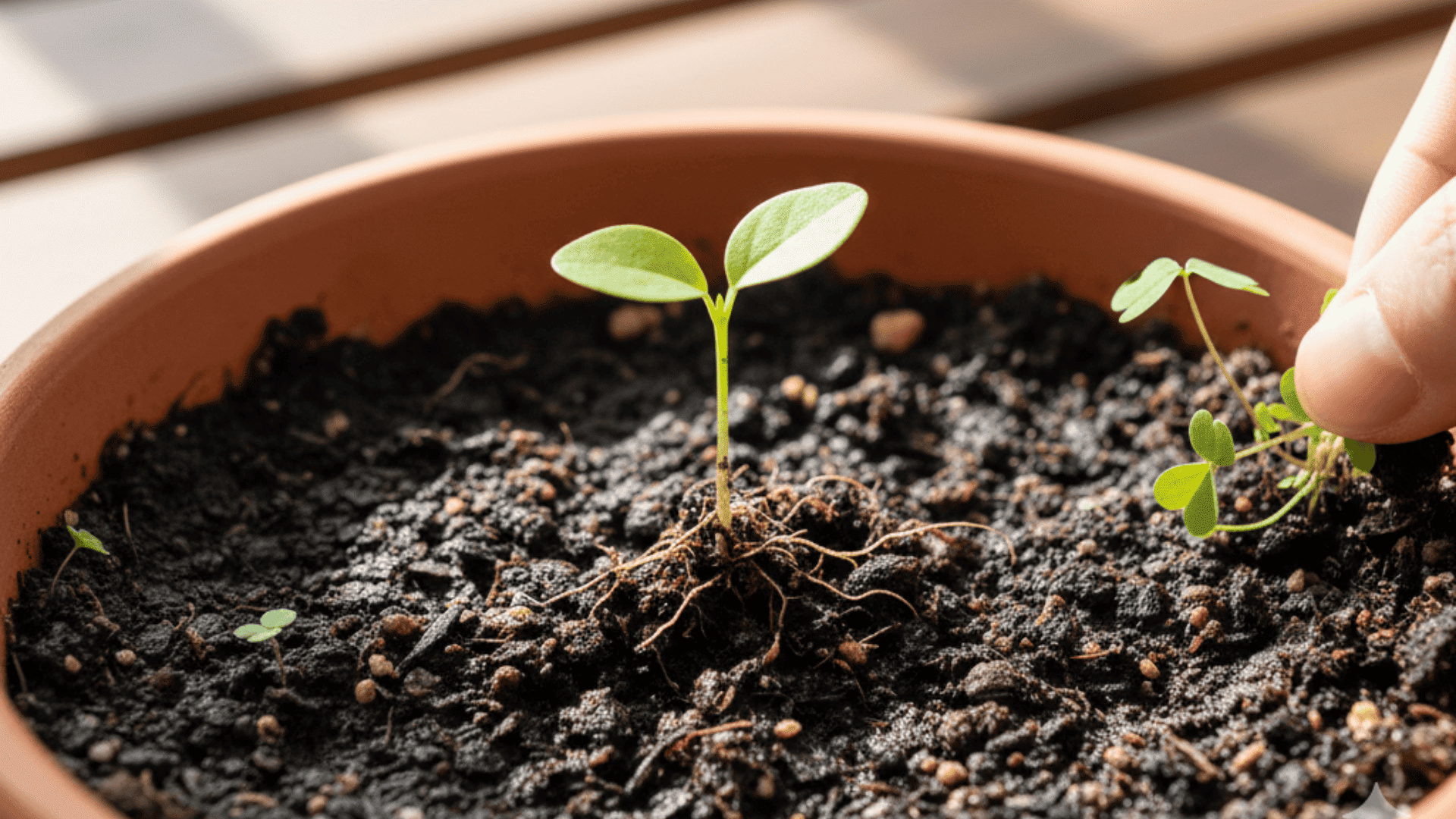
In the first year, crepe myrtles concentrate on building strong roots rather than height.
Steady watering, full sunlight, and nutrient-rich soil help establish a healthy base.
This stage lays the foundation for long-term growth, making soil preparation and protection from weeds especially important.
Young plants are sensitive, so avoiding overwatering or transplanting too soon ensures stability and healthy root expansion.
2. Active Growth (Developing Tree Stage)
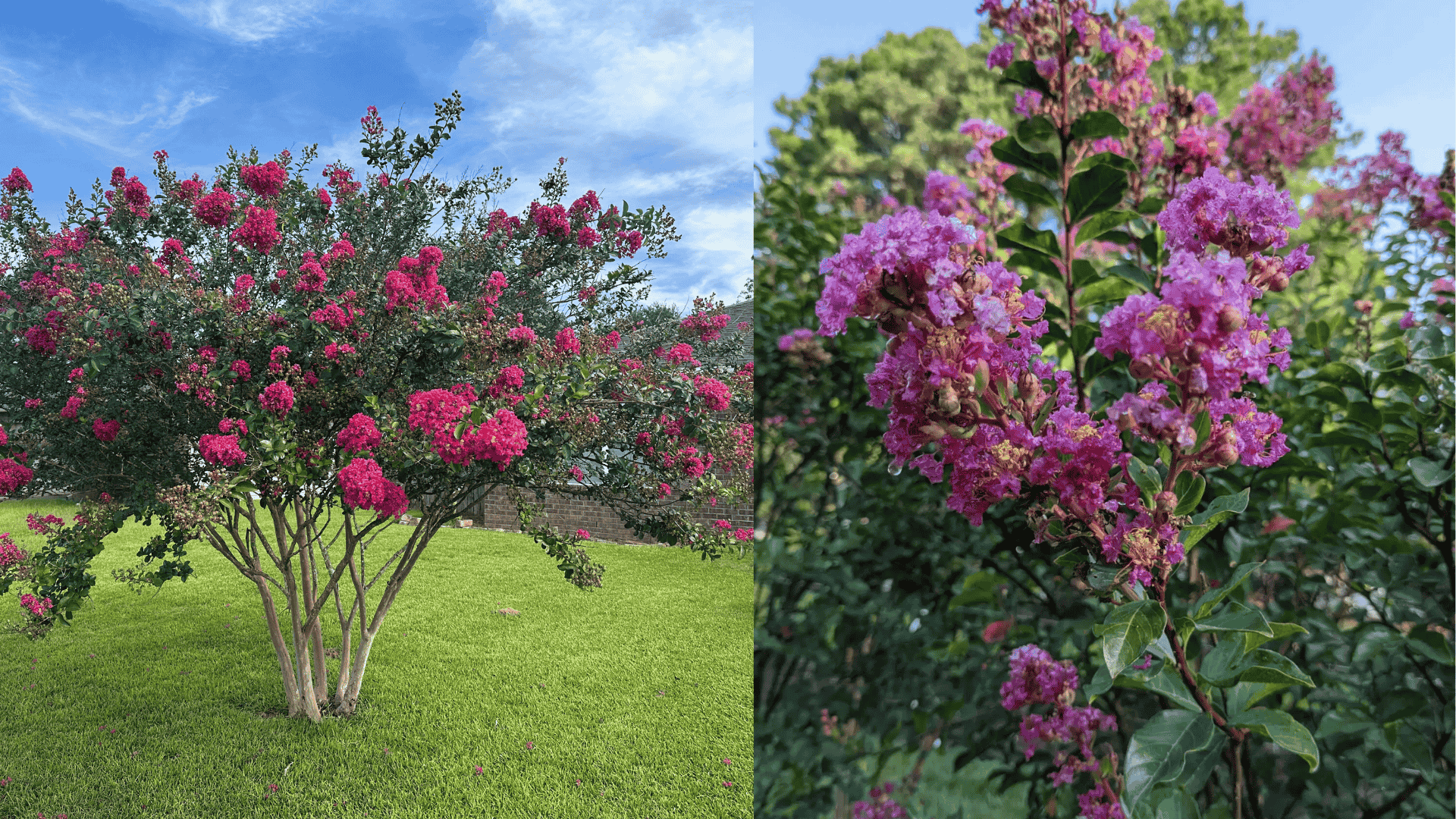
Between two to five years, the tree enters its rapid growth phase, forming a stronger trunk and fuller branch structure.
Gentle pruning during this time encourages balanced shape and better airflow.
Consistent fertilization and pest monitoring also support healthy leaf production.
As the tree strengthens, it becomes more resistant to weather fluctuations and begins showing early signs of budding.
3. Blooming Phase (Established Growth Stage)
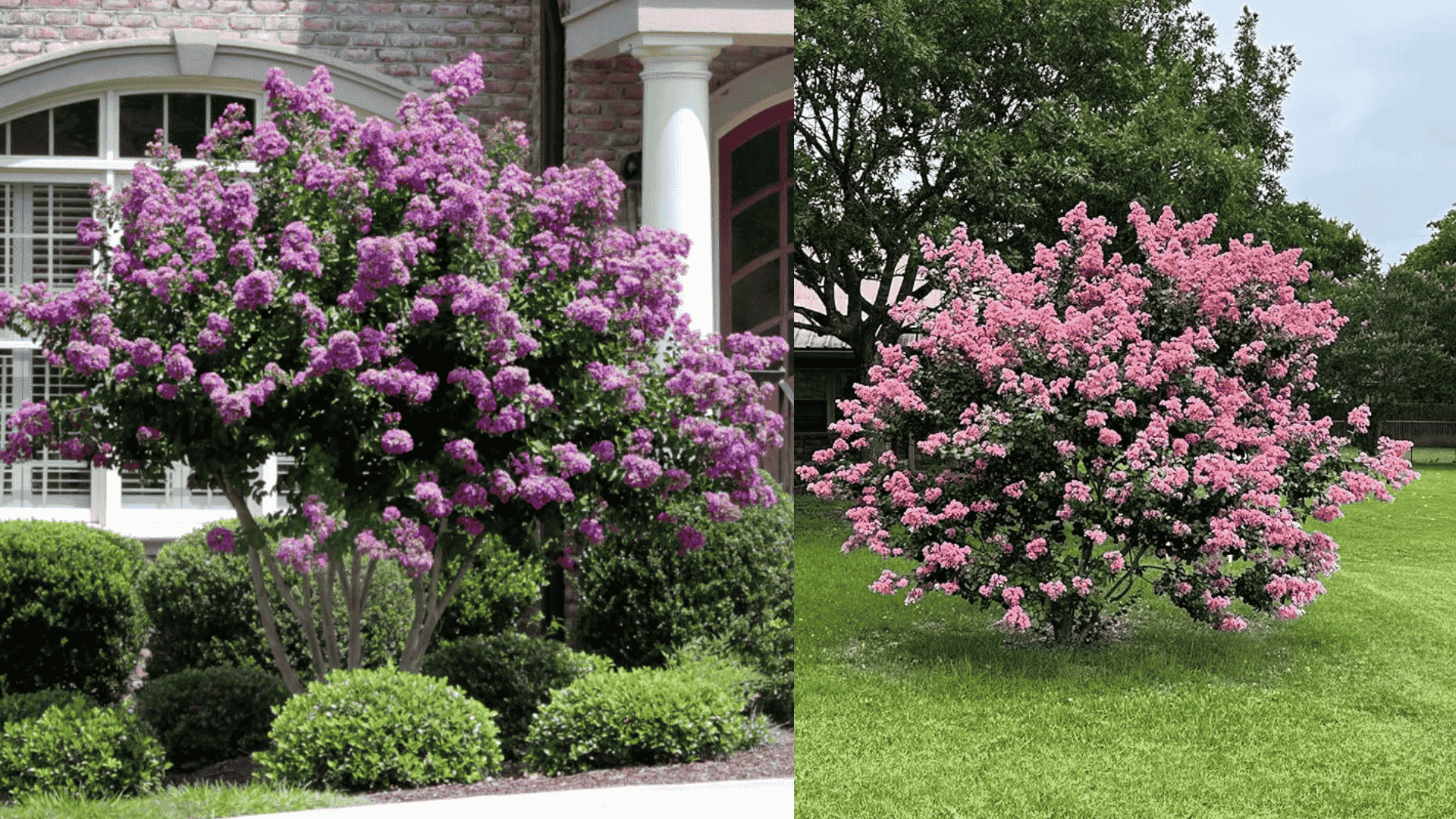
Around the fifth or sixth year, crepe myrtles reach their flowering stage, producing regular, colorful blooms.
They typically grow about 1–3 feet per year at this point.
Proper sunlight and balanced fertilizer upgrades both the quality and duration of the blooms.
Regular removal of spent flowers can also promote longer blooming periods, giving the tree a vibrant appearance throughout summer.
4. Mature Phase (Full Growth Stage)
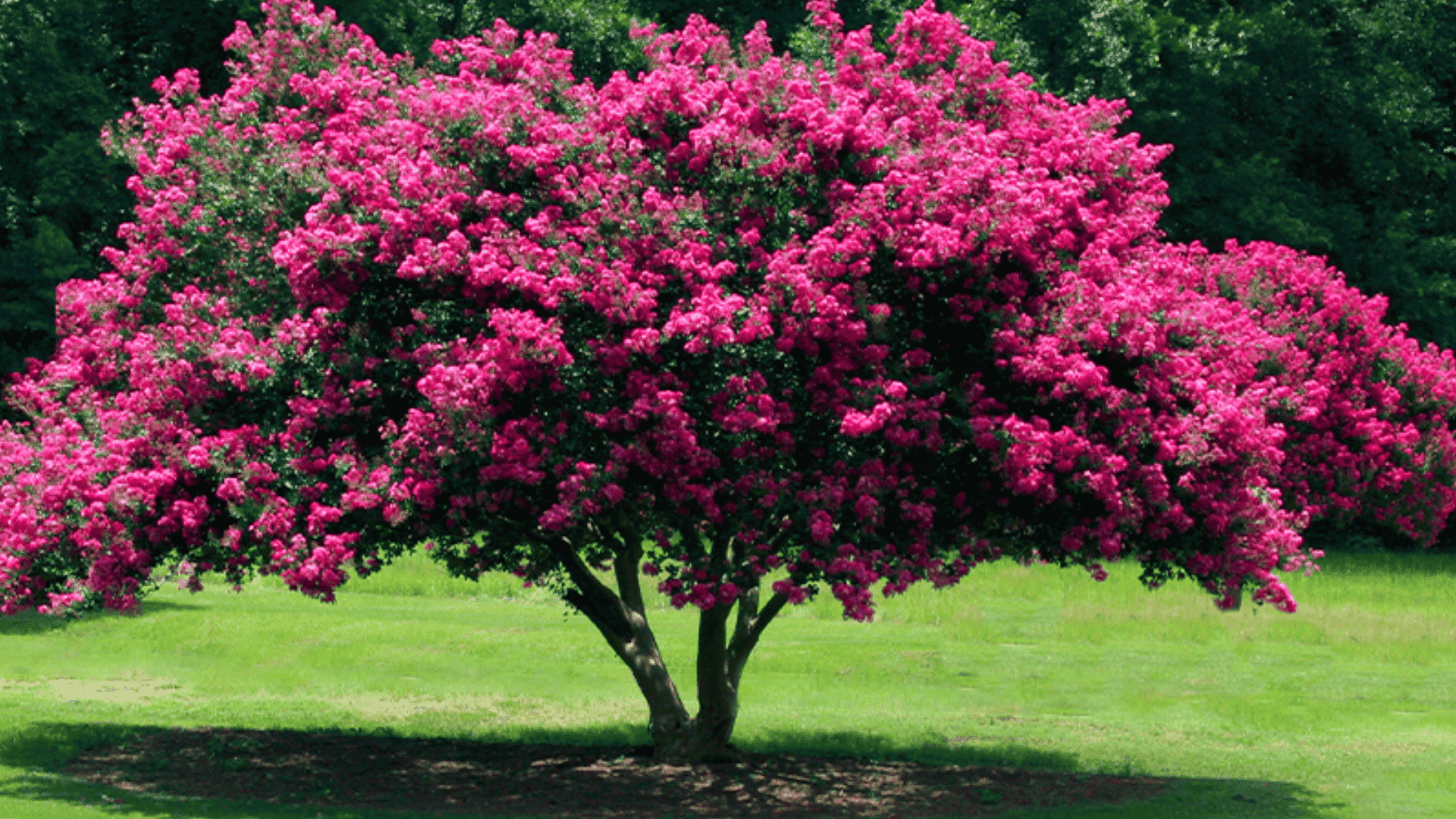
After about 10 years, crepe myrtles reach full maturity, achieving their maximum height and producing abundant blossoms.
Maintenance pruning helps retain shape and supports continuous flowering.
During this stage, growth slows, but the tree develops a striking bark texture and stronger resistance to pests.
Adequate watering and nutrient care continue to keep the tree vigorous and visually appealing year after year.
5. Longevity and Renewal
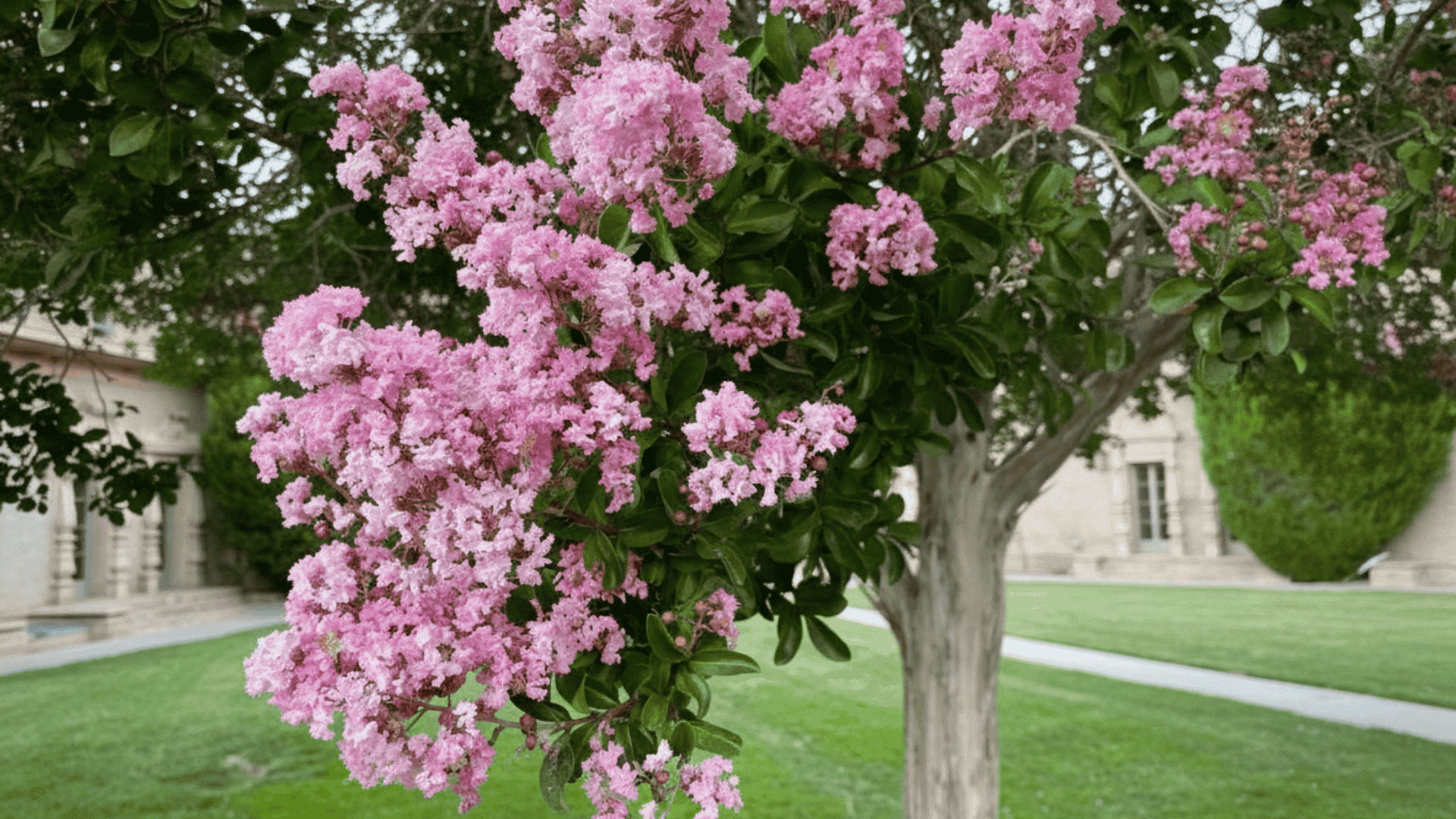
When properly maintained, crepe myrtles can grow for decades, often up to 50 years or more.
Mature trees may experience slower growth but maintain reliable blooming with consistent care.
Seasonal feeding, pruning, and pest control extend their lifespan and preserve their natural beauty.
Even aging trees can rejuvenate with proper pruning, proving how resilient crepe myrtles are over time.
Popular Crepe Myrtle Varieties and Their Growth Rates
Crepe myrtles come in many varieties, each differing in size, color, and growth speed.
Choosing the right type depends on your space, climate, and landscaping needs.
| Variety | Growth Rate (per year) | Mature Height | Flower Color |
|---|---|---|---|
| Natchez | 2–3 feet | 25–30 feet | White |
| Tuscarora | 2–3 feet | 20–25 feet | Coral Pink |
| Sioux | 1–2 feet | 15–20 feet | Bright Pink |
| Dynamite | 2–3 feet | 20–25 feet | Deep Red |
| Black Diamond | 1–2 feet | 10–12 feet | Red, Pink, or White |
| Acoma | 1–2 feet | 10–15 feet | White |
| Tonto | 1–2 feet | 10–15 feet | Magenta Red |
| Catawba | 1–2 feet | 15–20 feet | Purple |
Tips to Encourage Faster Crepe Myrtle Growth
How fast crepe myrtles grow depends on the care and conditions they receive.
Follow these simple tips to help them thrive and reach their full size.
- Plant in Full Sunlight: Choose a spot that gets at least six hours of direct sunlight daily to support strong growth and abundant blooms.
- Improve Soil Quality: Use well-drained, slightly acidic soil enriched with compost to help roots absorb nutrients effectively.
- Water deeply: Water once or twice a week, allowing moisture to reach deep roots and prevent stress during dry weather.
- Fertilize in Spring: Apply a balanced, slow-release fertilizer early in the season to encourage healthy new growth.
- Prune Regularly: Trim in late winter or early spring to remove weak branches, improve airflow, and maintain a neat shape.
Conclusion
Crepe myrtles are beloved for their bright summer flowers, smooth bark, and elegant shape that upgrade any outdoor space.
Known for their steady growth and long lifespan, these trees flourish when given proper care and the right environment.
Factors such as sunlight exposure, soil quality, watering, and seasonal pruning all influence how quickly they grow and how vibrant their blooms become.
With regular attention, crepe myrtles can reward any gardener with years of color and vitality.
If you’re planning to add one to your landscape, start now, choose a variety suited to your climate, and share your favorite crepe myrtle type or growth success story in the comments below!

